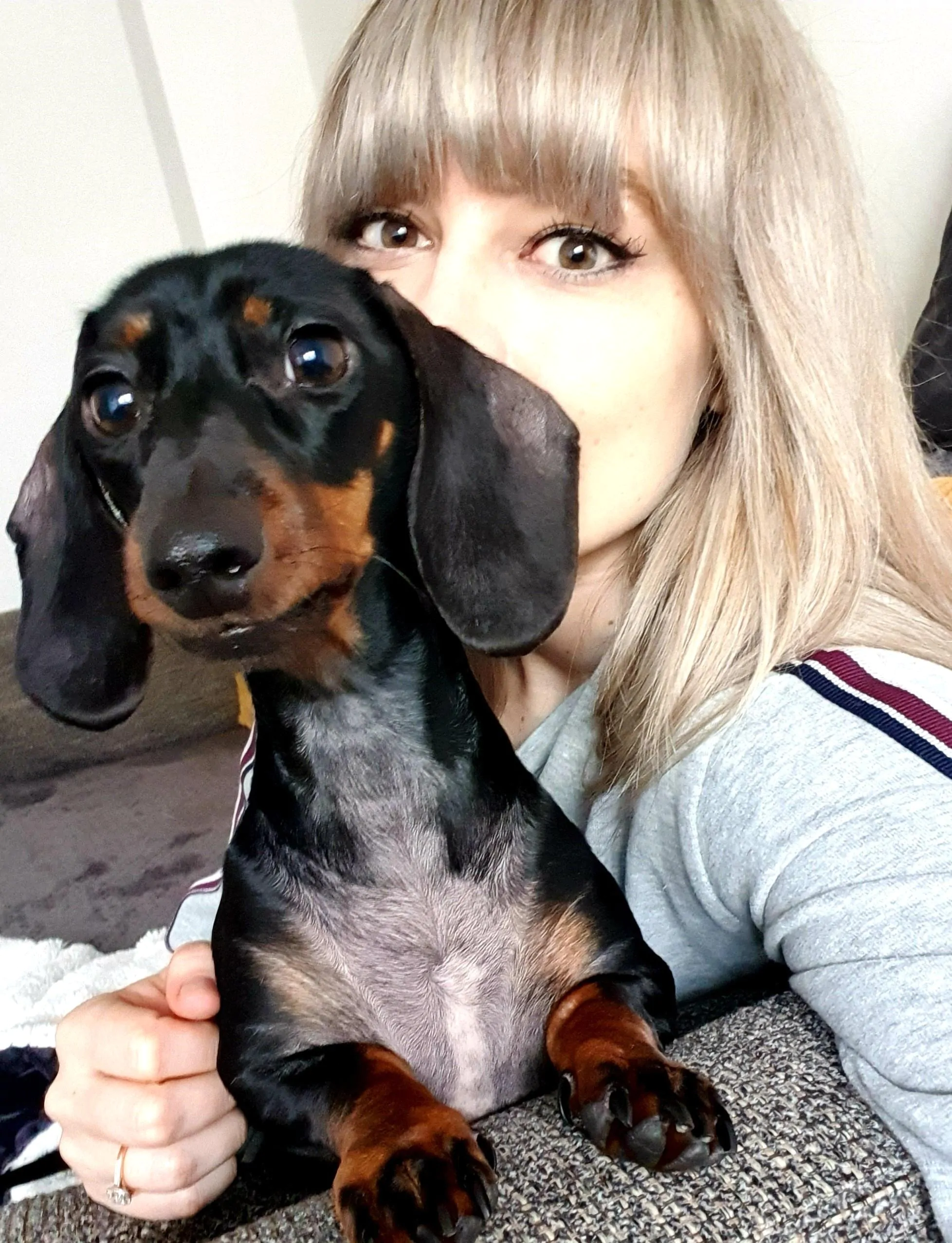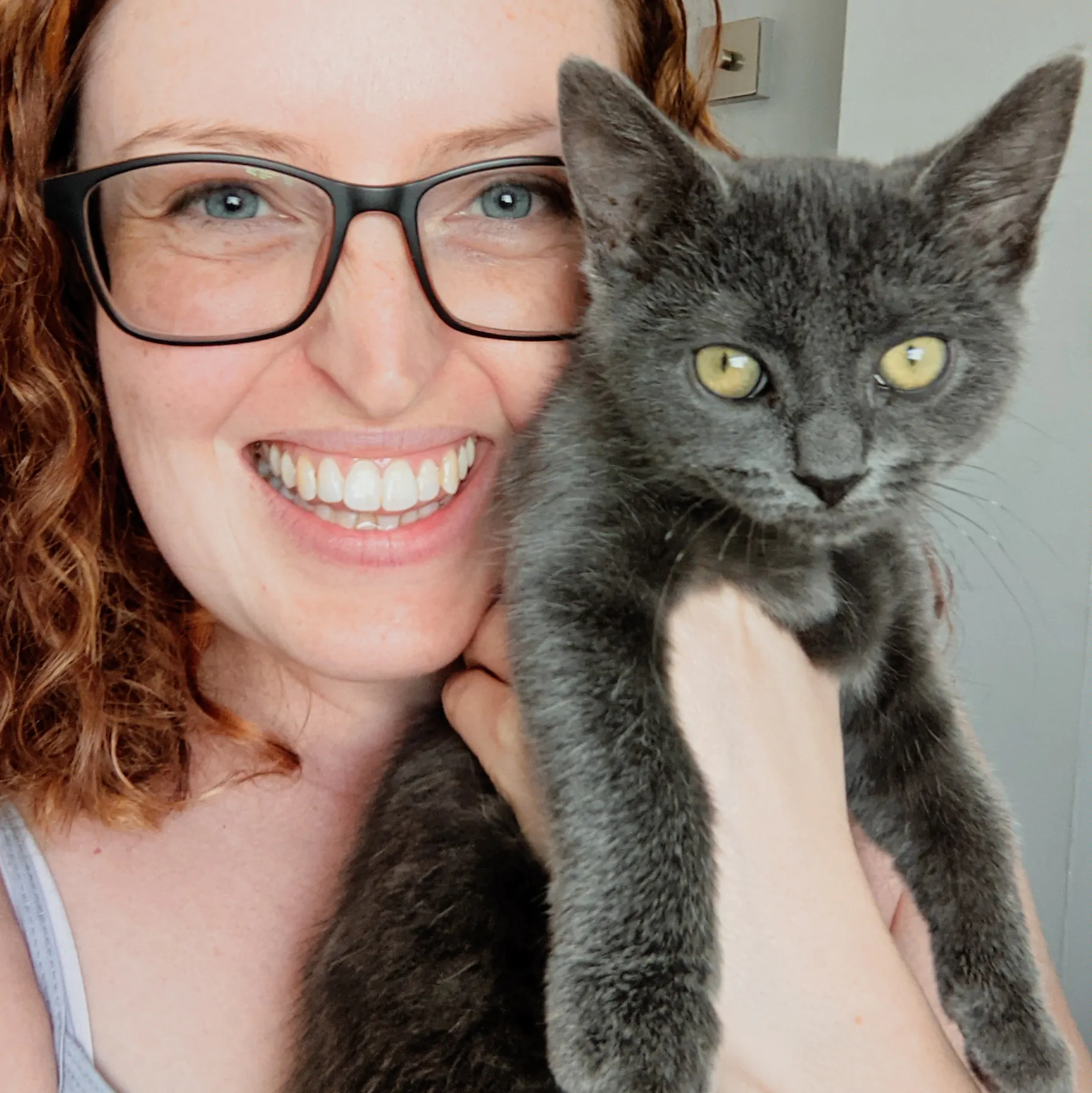Covers your pet up to the chosen vet fee limit if they have a dental accident or injury. Always be sure to take your pet for annual dental check-ups, and follow your vet’s advice.
Not a breed for first-time owners, the Belgian Malinois is highly intelligent and driven. Without a mentally tiring job and consistent training, they can be prone to behavioural issues. These dogs are best suited to experienced owners who can match their energy and intensity.
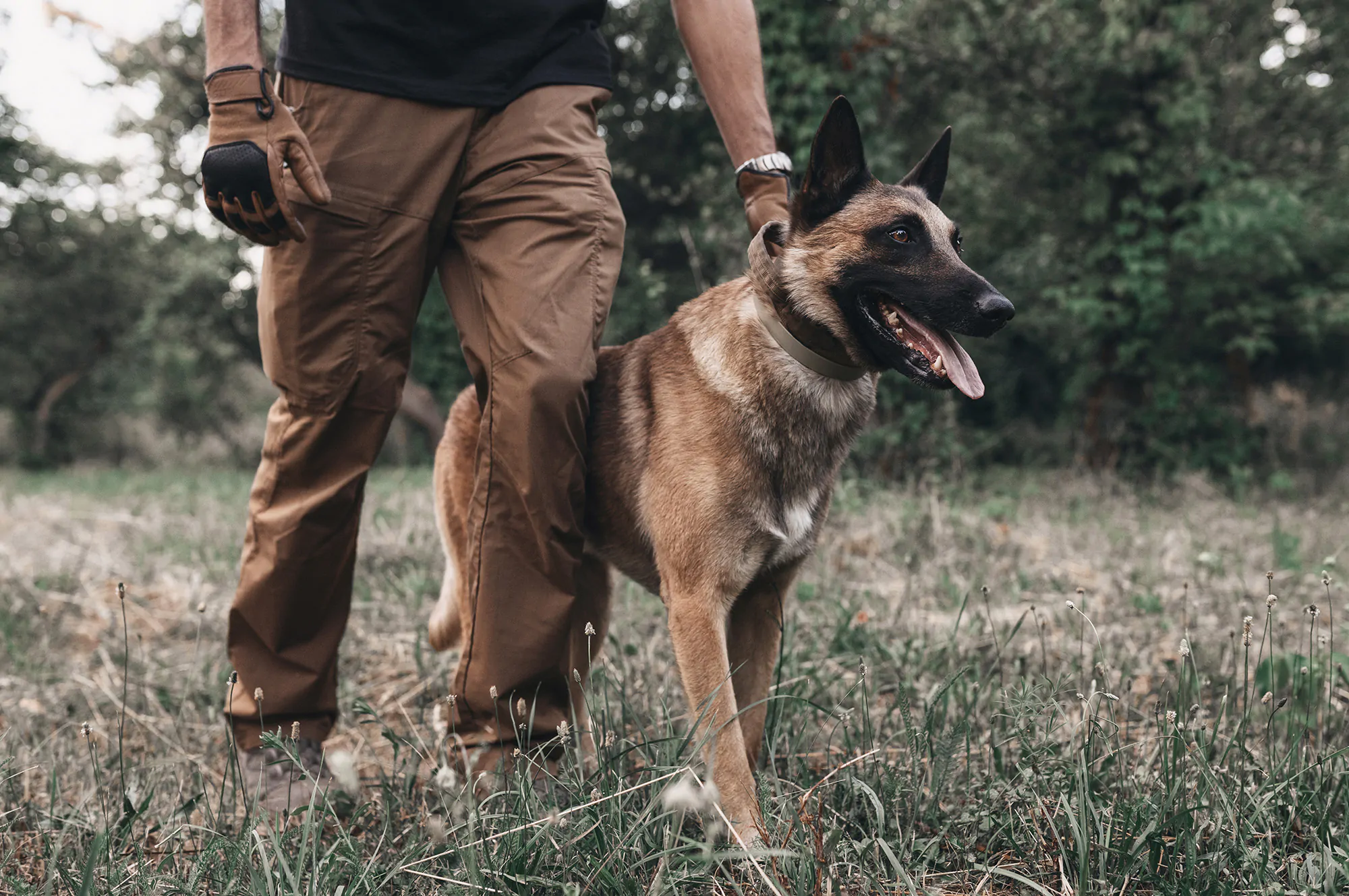

A guide to owning a Belgian Malinois
The Belgian Malinois – or Mal – is one of four Belgian Shepherd breeds. While bred for herding, they’re nowadays more likely to be found in police, military or security roles. They’re incredibly smart, physical and loyal.
They’re also not a breed for beginners. While all dogs are a big responsibility, Belgian Malinois are considerably more so than most. They need a large amount of exercise and mental stimulation, so it’s important to be aware of what you’re taking on. Here we look at what you need to know, such as their common health issues, temperament, exercise and grooming needs.
Are Belgian Malinois good family dogs?
Yes and no. They are loyal and watchful over their family. But they’re also always on. This may be too much for younger families, or those who want a decent amount of downtime.
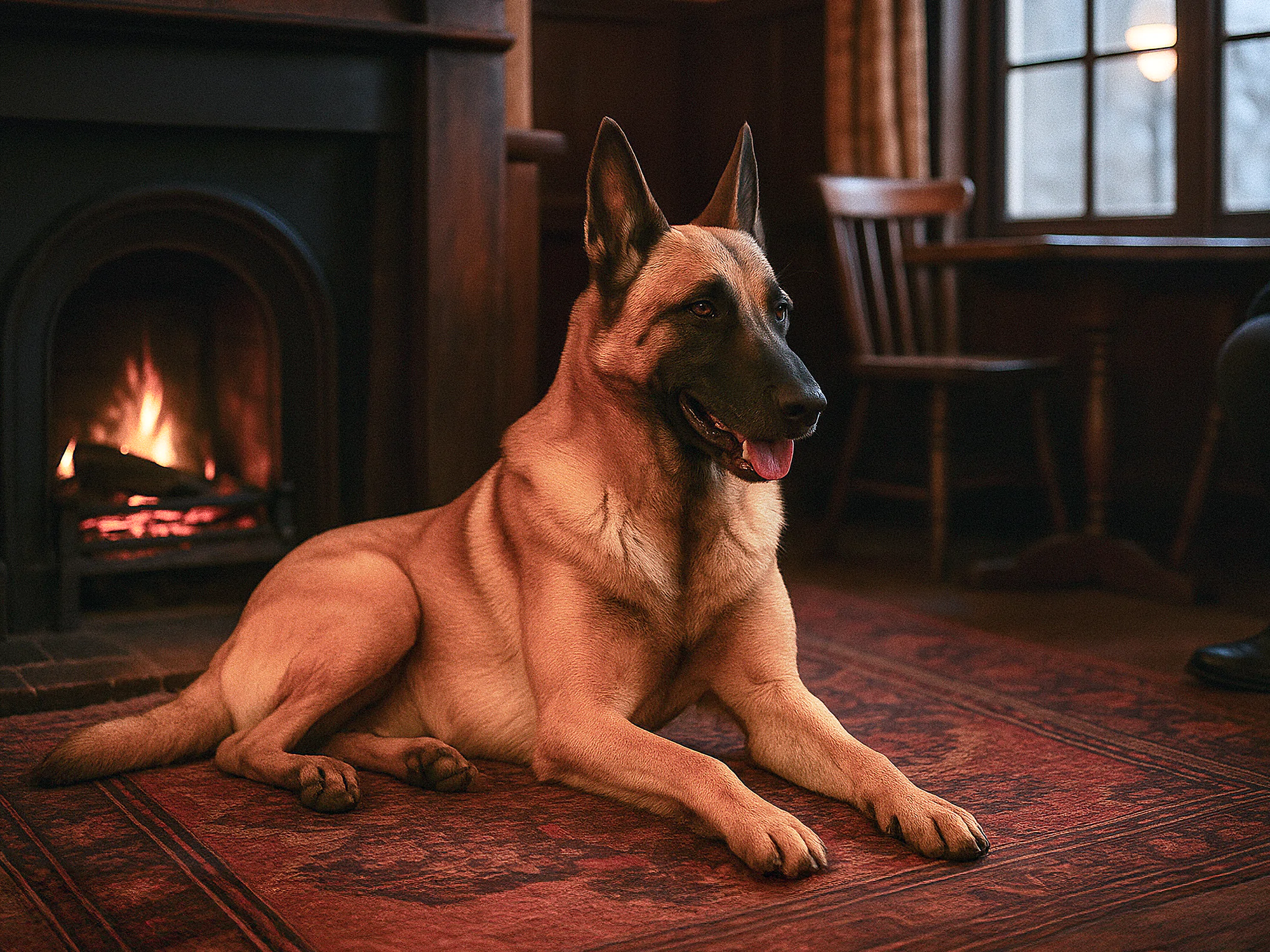

Belgian Malinois size and appearance
Strong and agile, the Belgian Malinois is a sleek, athletic dog with pointy features. They have alert ears and a long slim muzzle, lending to their alert and slightly intense look.
Males are about 61-66cm tall at the shoulders, weighing in at 29-34kg, while females are on average slightly smaller.
They have a short dense coat, and usually a black mask and ears. They come in a range of colours:
- Fawn, the most common colour
- Silver
- Grey
- Cream
- Red
- Mahogany
What were Belgian Malinois bred for?
The breed hails from Belgium, specifically from the region around the city of Mechelen (or Malines in French). They were first bred in the late 19th century to be farm helpers, with a variety of roles such as pulling carts, helping to move livestock and guarding the farm. They’re a very versatile breed, and have since been given roles in law enforcement, search and rescue, scent detection and as guard dogs.
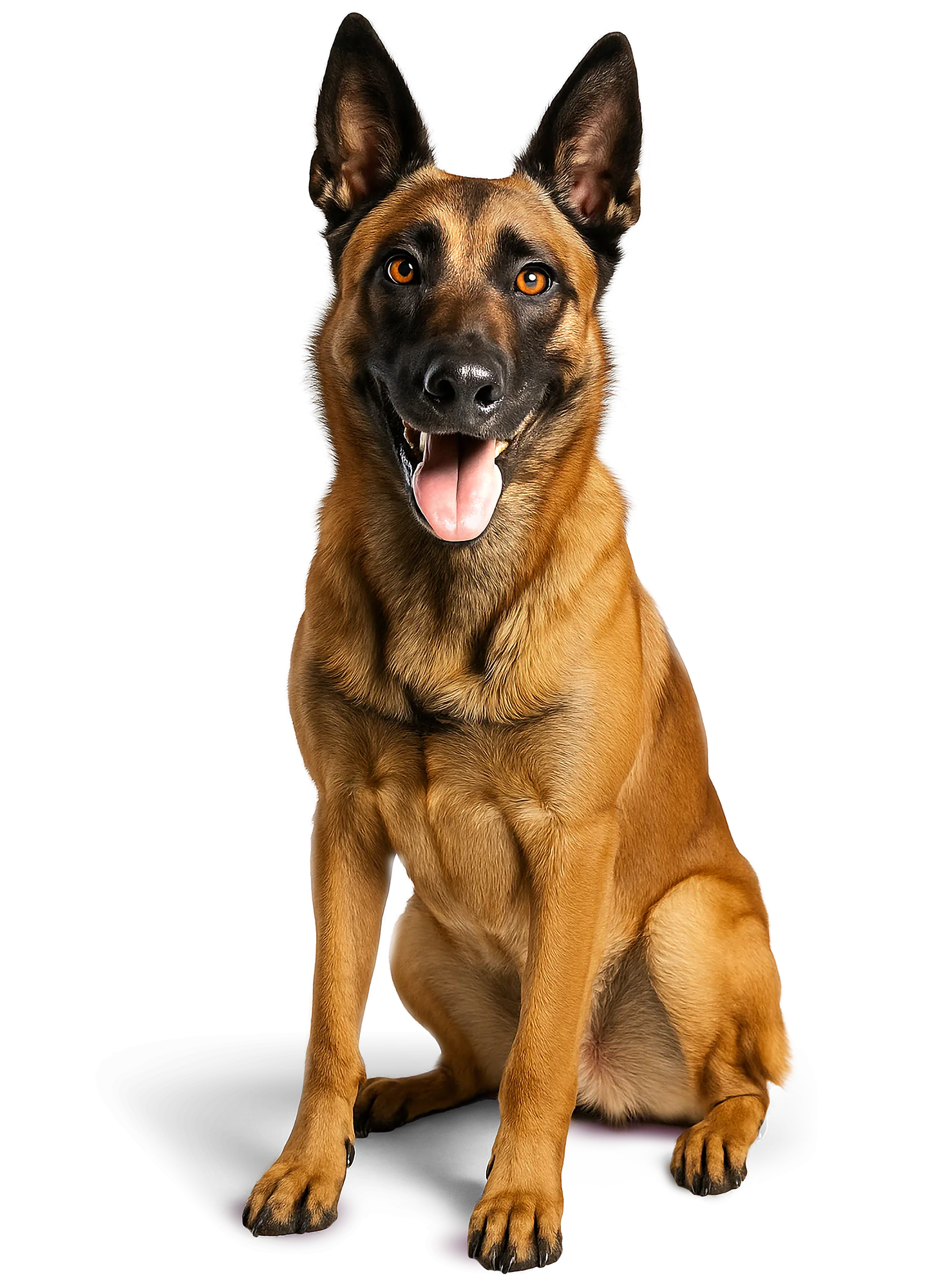

What is a Belgian Malinois’s temperament?
The Belgian Malinois’s personality is:
- Clever clogs: Highly intelligent, the Mal is quick to learn.
- Driven: An energetic breed, they’re always ready for a new activity.
- Watchful: The Belgian Malinois makes a great guard dog, being loyal and protective to their humans.
- Responsive: They’re alert and very much aware of their surroundings.
- Highly strung: You really need to tire them out both mentally and physically, or unwanted behaviours can surface.
Can Belgian Malinois be left alone?
You shouldn’t leave a Belgian Malinois alone for more than a couple of hours. They need lots of mental and physical stimulation, and like having a job to do. Without this, they can become bored easily, which can lead to anxiety and destructive behaviours.
It’s worth noting that you should never leave any dog by itself for more than four hours. If you have to leave them for an extended period of time, make sure they have access to fresh water, and familiar items such as their favourite toys and blanket.


How much exercise does a Belgian Malinois need?
Loads! The Mal has exceptionally high energy levels, needing a great deal of daily exercise. They benefit from long walks, vigorous play, running, hiking and so on.
Without this, boredom and frustration can set in. This can lead to them becoming anxious, destructive or difficult to manage. As such, the Belgian Malinois is not suited to a chilled-out lifestyle, or being left alone for long periods.
Can Belgian Malinois swim?
Yes, with a little training, Belgian Malinois can become good swimmers. They’re not naturally drawn to water, but they are generally fit and confident, so should take to it fairly well. All dogs are individuals though, so be sure to introduce them to water slowly, and with close supervision.
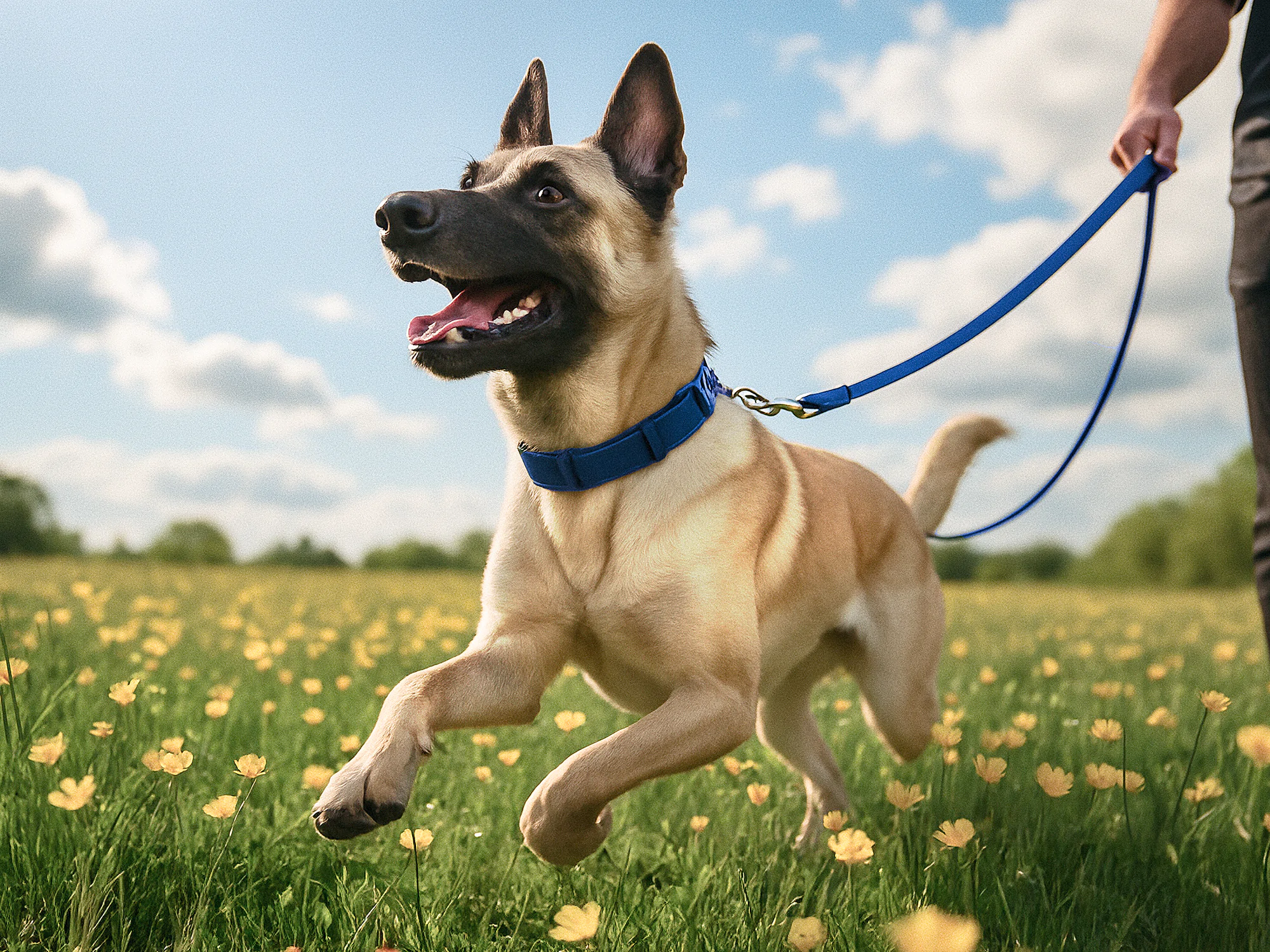

Our expert says…
“Belgian Malinois are generally healthy dogs, but like most pedigrees, they are susceptible to a few conditions.
“Hip dysplasia is common, causing abnormal development of the hip joints in affected Belgian Malinois. This leads to pain, mobility issues, and the early onset of osteoarthritis. Elbow dysplasia is also an issue in this breed, leading to similar symptoms but in the elbow joints.
“Inherited eye issues can affect Belgian Malinois, including progressive retinal atrophy (PRA). PRA is not painful but can lead to total loss of vision in some cases. A reputable breeder should screen their dogs for these conditions before mating them. This will help to reduce the chance of passing any of these inherited problems on to their offspring.
“Epilepsy also appears to be a frequent finding in this breed. This condition causes seizures and is thought to have a genetic component too.
“I don’t see many Belgian Malinois in practice, but I do remember one that I diagnosed with epilepsy. Their owner agreed to the recommended diagnostic tests and their dog had their seizure frequency well controlled through daily medication and check-ups. While epilepsy can be a worrying diagnosis for owners, it can be well managed in many cases.”
Dr Rebecca MacMillan BVetMed BSAVA PGCertSAM MRCVS
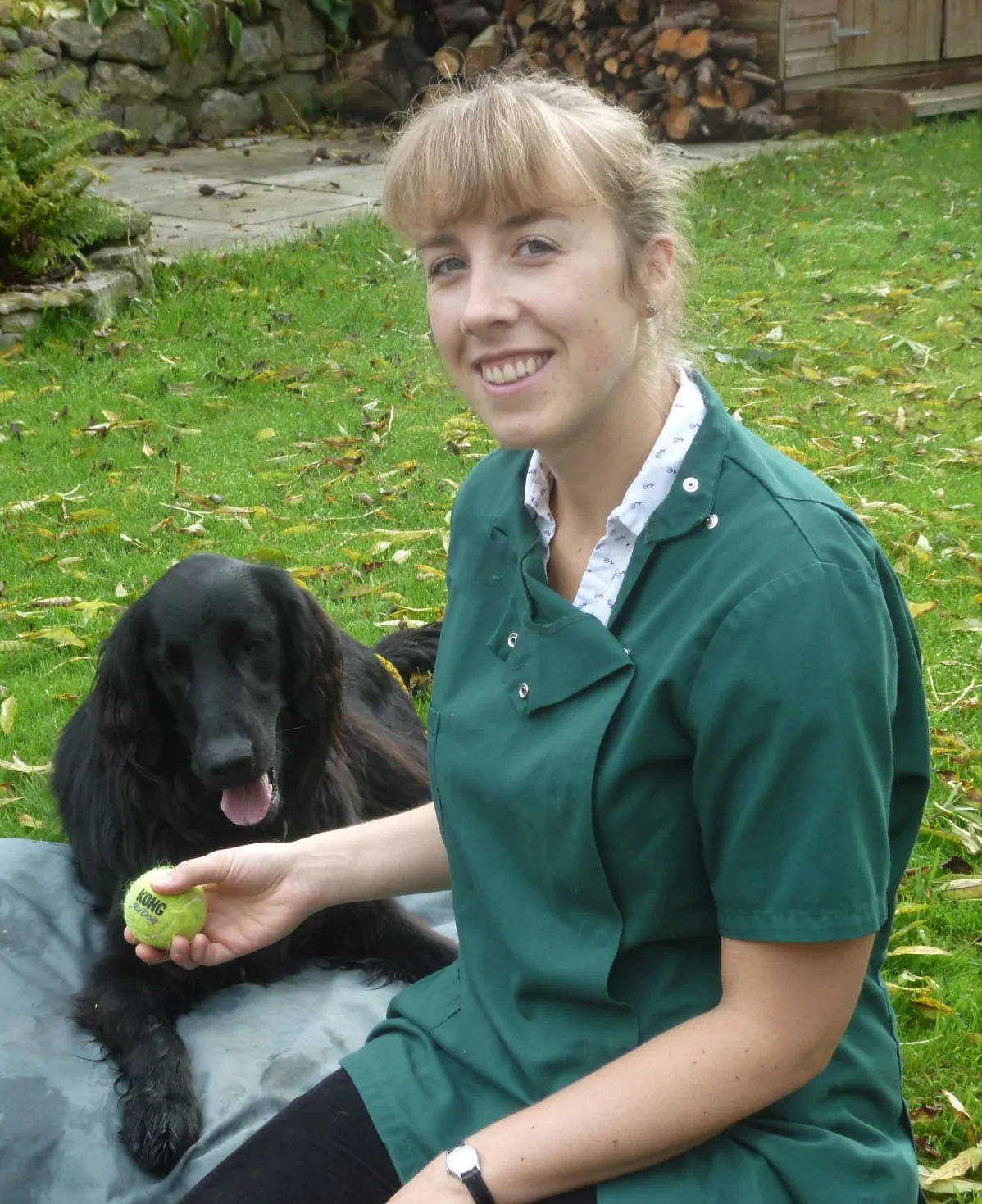

How long do Belgian Malinois live?
The average lifespan of a Belgian Malinois is around 12-14 years.
What are the common health issues for a Belgian Malinois?
Belgian Malinois typically live between 12 and 14 years. But like many dogs, they can be prone to certain conditions. Common issues include hip and elbow dysplasia, progressive retinal atrophy (PRA) and epilepsy.
If you’re thinking about getting a Mal, always do your homework to make sure they come from a responsible breeder. They will screen for these conditions to reduce health risks.


Belgian Malinois grooming and hygiene
The Belgian Malinois has a short, straight, weather-resistant coat which is fairly low maintenance. You’ll only need to bathe them occasionally unless they become particularly dirty.
Basic grooming needs also include examining their paws, cleaning their ears and keeping on top of dental care.
Do Belgian Malinois shed?
Despite their low-maintenance coat – the Belgian Malinois sheds moderate amounts all-year round. You can also expect heavier shedding in spring and autumn. They’ll need to be brushed more-or-less weekly to remove loose hair and keep their coat healthy.
Are Belgian Malinois hypoallergenic?
No dogs are truly hypoallergenic, and Belgian Malinois are certainly not. While their coat is short, it sheds all year. Plus they shed dander (dead skin), which is actually the main cause of allergies.


How to train a Belgian Malinois
Belgian Malinois are eager to please, but it’s important to be firm and consistent with your training. It’s important that their handlers are confident and experienced.
Here are a few pointers:
- Start early, beginning socialisation and obedience training as a puppy.
- They respond well to positive reinforcement. Reward good behaviour and progress with treats, praise and play.
- Be sure to challenge them mentally, such as with puzzle toys and advanced commands.
- We’ve said it before, but it bears repeating: be consistent and firm. Set clear boundaries and stick to them.


What insurance do I need for my Belgian Malinois?
The level of dog insurance you choose for your Belgian Malinois will generally be shaped by your circumstances and budget. So you know exactly what you’re getting for your money, read our guide to whether pet insurance is worth it.
We think that all dogs deserve the most comprehensive level of cover as possible, which is why we only sell different types of lifetime cover. We could also cover your Belgian Malinois for any pre-existing conditions they may have with our Lifetime Plus policy, subject to acceptance*.


Guides and advice from experts
Our expert vets and behaviourists have great pointers to help keep your pet happy and healthy.

If your dog gets ill or has an accident, you want to give them the best care possible. Let’s take a look at why having pet insurance is important for your pooch.
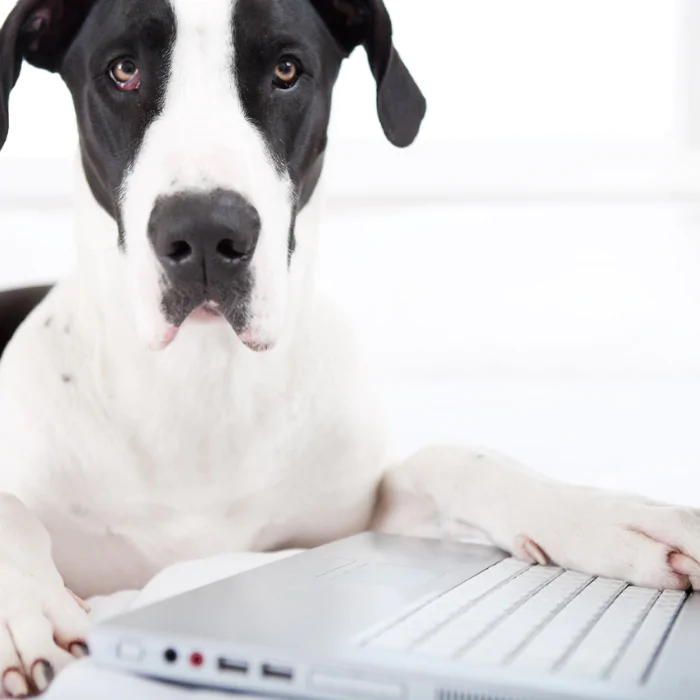
How to choose the best pet insurance for my pet
We explain the top things you may want to think about when it comes to researching pet insurance policies, including how you can compare pet insurance.
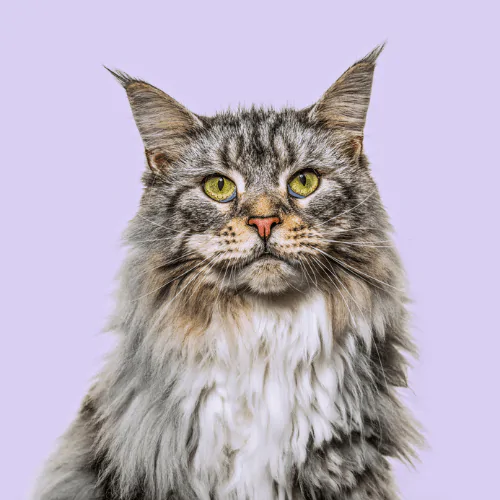
What is lifetime pet insurance?
We’re saying farewell to all of the confusion around lifetime pet insurance. Join us as we explore what it is and how it works.
What’s included in your dog cover
Choosing Petgevity to protect your dog gives you more than just vet fee cover. Here's what you get from our policy.
Dental accident
Covers your pet up to the chosen vet fee limit if they have a dental accident or injury. Always be sure to take your pet for annual dental check-ups, and follow your vet’s advice.
More info
Covers your pet up to the chosen vet fee limit if they have a dental accident or injury. Always be sure to take your pet for annual dental check-ups, and follow your vet’s advice.
Behavioural treatment
Get expert help with your pet’s mental and emotional wellbeing, as advised by your vet. Cover up to your chosen vet fee amount or the cost of up to 12 sessions, whichever is lower (Lifetime Plus); or up to £1,000 (Lifetime).
More info
Get expert help with your pet’s mental and emotional wellbeing, as advised by your vet. Cover up to your chosen vet fee amount or the cost of up to 12 sessions, whichever is lower (Lifetime Plus); or up to £1,000 (Lifetime).
Complementary therapy
As advised by your vet, this covers alternative treatments like acupuncture or hydrotherapy. Cover up to your chosen vet fee amount (Lifetime Plus); or up to chosen vet fee amount or £1,500, whichever is lower (Lifetime).
More info
As advised by your vet, this covers alternative treatments like acupuncture or hydrotherapy. Cover up to your chosen vet fee amount (Lifetime Plus); or up to chosen vet fee amount or £1,500, whichever is lower (Lifetime).
Emergency care
If you can’t look after your pet due to an emergency, such as an unplanned hospital visit, this covers you for up to £1,500 (Lifetime Plus) in minding costs.
More info
If you can’t look after your pet due to an emergency, such as an unplanned hospital visit, this covers you for up to £1,500 (Lifetime Plus) in minding costs.
Third-party liability for dogs
Covers you for legal costs if your dog causes injury to somebody or their pet, or causes loss or damage to someone’s property. Protects you for up to £2 million in a legal action.
More info
Covers you for legal costs if your dog causes injury to somebody or their pet, or causes loss or damage to someone’s property. Protects you for up to £2 million in a legal action.
Choice of optional extras
Need extra protection? Choose from several optional extras to cover your pet’s needs, including dental illness, or cover if your pet is stolen or lost.
More info
Need extra protection? Choose from several optional extras to cover your pet’s needs, including dental illness, or cover if your pet is stolen or lost.
Dental accident
More infoBehavioural treatment
More infoGet expert help with your pet’s mental and emotional wellbeing, as advised by your vet. Cover up to your chosen vet fee amount or the cost of up to 12 sessions, whichever is lower (Lifetime Plus); or up to £1,000 (Lifetime).
Complementary therapy
More infoAs advised by your vet, this covers alternative treatments like acupuncture or hydrotherapy. Cover up to your chosen vet fee amount (Lifetime Plus); or up to chosen vet fee amount or £1,500, whichever is lower (Lifetime).
Emergency care
More infoIf you can’t look after your pet due to an emergency, such as an unplanned hospital visit, this covers you for up to £1,500 (Lifetime Plus) in minding costs.
Third-party liability for dogs
More infoCovers you for legal costs if your dog causes injury to somebody or their pet, or causes loss or damage to someone’s property. Protects you for up to £2 million in a legal action.
Choice of optional extras
More infoNeed extra protection? Choose from several optional extras to cover your pet’s needs, including dental illness, or cover if your pet is stolen or lost.
*Cover for pre-existing medical conditions is subject to acceptance. They will not be covered unless you have declared them and they are shown on your Confirmation of Cover.
